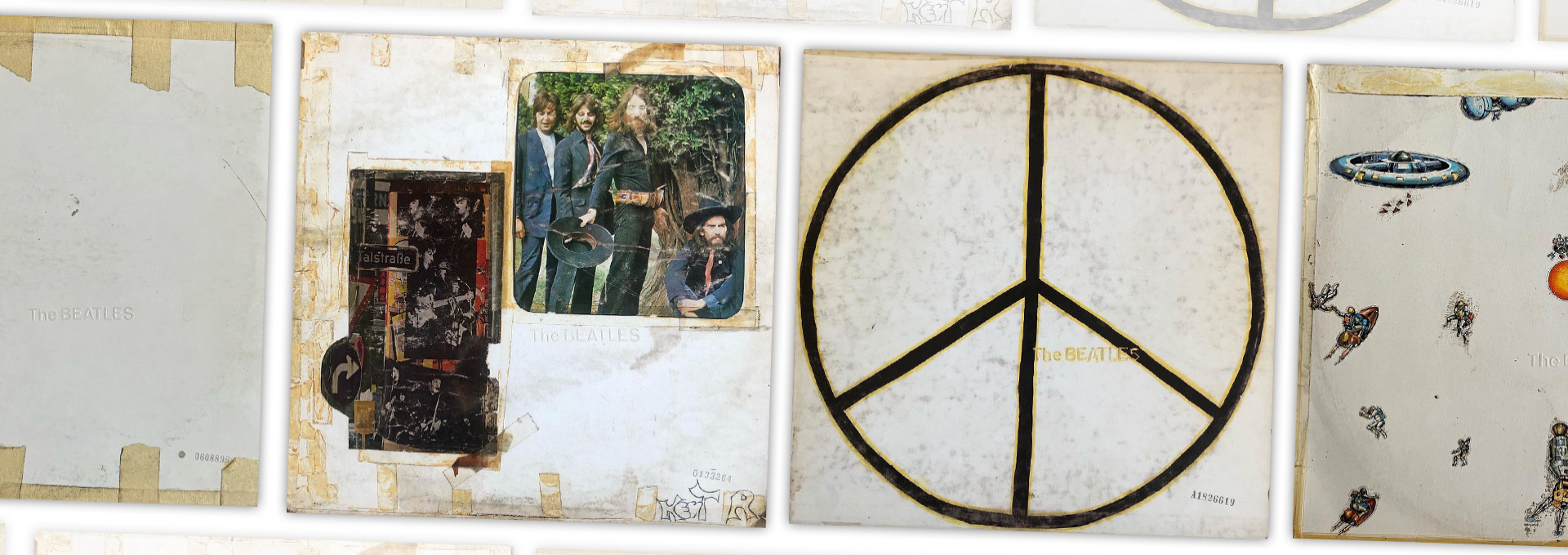On 30th May 1968, fresh from their spiritual and creative retreat in Rishikesh, The Beatles began recording what would come to be known as the White Album. The band’s break from the demands of fame along the banks of the river Ganges offered them some much-needed time and energy for creative song writing. The Beatles returned to Britain with some impressive new songs, and the near impossible task of outdoing their previous success ‘Sgt Pepper’s Lonely Hearts Club Band’ lingered over them.
The White Album, a double LP officially titled ‘The Beatles,’ received mixed reviews following its release in November 1968, but is since considered one of the greatest albums of all time. While the eclectic tracks on the album are a fascinating subject in themselves, the topic we’ll explore today is the enigmatic album cover that contains them.
Paul McCartney had taken art dealer Robert Frazer’s advice to hire a fine artist to design the artwork for the Sgt Pepper album, and Peter Blake’s pop art style paired beautifully with the music within. So, it’s little wonder that Paul would ask the advice of Robert ‘Groovy Bob’ Frazer again when it came to creating a visual concept for the self-titled album, better known as the White Album, in the latter half of 1968.
Frazer suggested Richard Hamilton, a leader in the pop art movement and a “founding father of conceptualism in Britain.” (Ben Luke, Sotheby’s) In a 2011 interview, Hamilton recalled his “habit to look for the opposite,” and this is reflected best in the contrast between the exciting, colourful cover art of The Beatles’ prior album Sgt Pepper and Hamilton’s own simplified, conceptual white cover for the album that followed it: the White Album.
Richard Hamilton proposed that the album should be called ‘The Beatles’ and the cover should be plain white. A stark contrast to the concept and artistry behind the band’s previous Sgt Pepper’s album! At first, Paul McCartney wasn’t convinced. He said “it doesn’t quite fit, we’re not quite a blank space, a white wall, The Beatles.” Hamilton suggested they add a coffee ring stain to the cover for more visual interest. Paul said no – “too flippant!” Finally, Paul was on board when Hamilton suggested they emboss “THE BEATLES” onto the cover and add a unique number to each copy.
Separate from the musical art within, Hamilton’s cover is an example of modern art in its own right. It could be said that the plain white design was a conceptual representation of The Beatles’ power – so popular and loved that their LPs would sell whether they packaged them in elaborate visuals or not. Album art can be a powerful tool in representing an album’s overall vibe, and a marketing tool to help the album stand out on record shop shelves. Hamilton’s design argues that the band simply didn’t need this.
Perhaps the most interesting feature of the design wasn’t how it looked on the shelf, but how it looked after a month, year, or decade. Like a fine wine the White Album’s beauty develops over time. The cover acts as a blank white canvas for fans and time alike, leading to some rather interesting results and making each copy of the LP even more unique and different to the others as the years go by. Each fan’s copy changes and ages with them.
Rutherford Chang, American-Taiwanese artist, and White Album collector, knows this best. Rutherford currently owns 3,207 unique copies of the album and said: “every copy of the iconic album has been distinctly shaped by its history.” Chang’s fascinating art piece entitled “The White Album” combines over 2500 copies of the album cover into one, highlighting the transformations of each of the plain white covers through their lifespans.
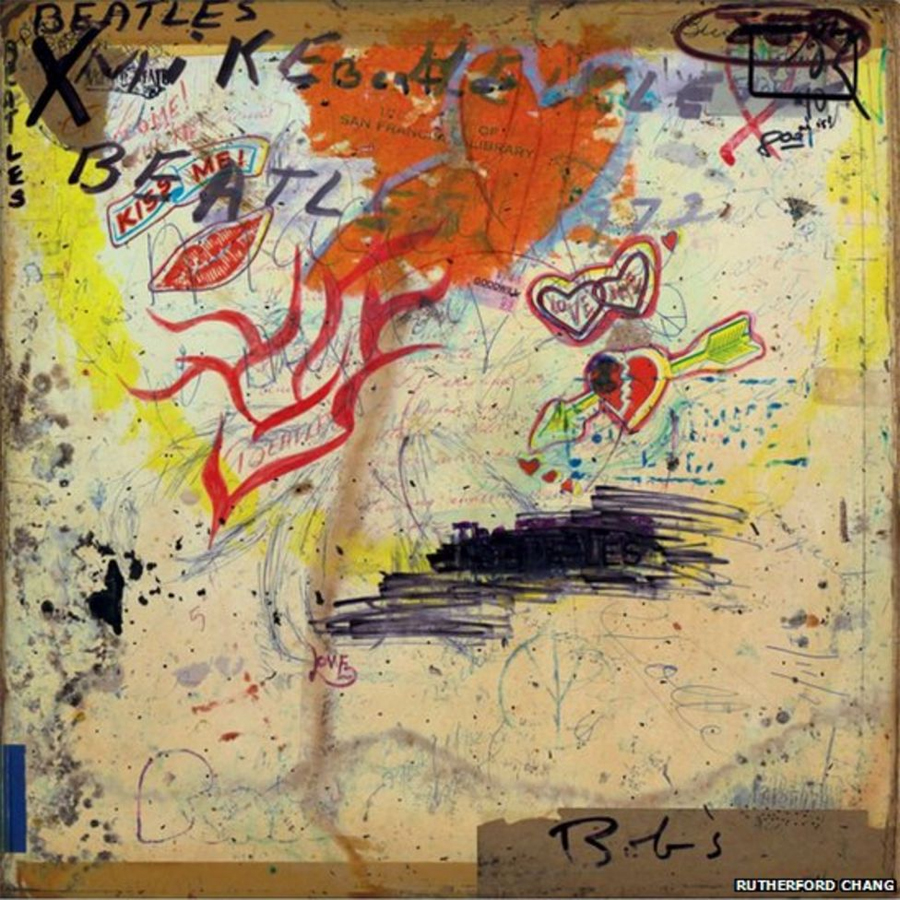
“The White Album” by Rutherford Chang, 2013.
He continues to collect copies of the album and his collection has been displayed as exhibitions in the past, allowing visitors to browse the unique covers like in a record shop. He now displays each on his website and Instagram account under the name ‘we buy white albums.’
All copies of the White Album are born the same – plain white, with “THE BEATLES” blind embossed on the front. Each of these copies, with the addition of time and graffiti, change over the years to become entirely unique to each listener. Hamilton’s conceptual example of pop art continues to excite as a living piece of modern art, but one thing stays the same – the fantastic and ground-breaking music within it.
What does your copy of the White Album look like? Share your story with us on social media @beatlesstory and @webuywhitealbums
To find out more about The Beatles’ time in Rishikesh, where they wrote the majority of the White Album, visit our ‘Beatles in India’ exhibition at The Beatles Story, Liverpool.
Pop Art or Blank Canvas?
Images supplied by Rutherford Chang
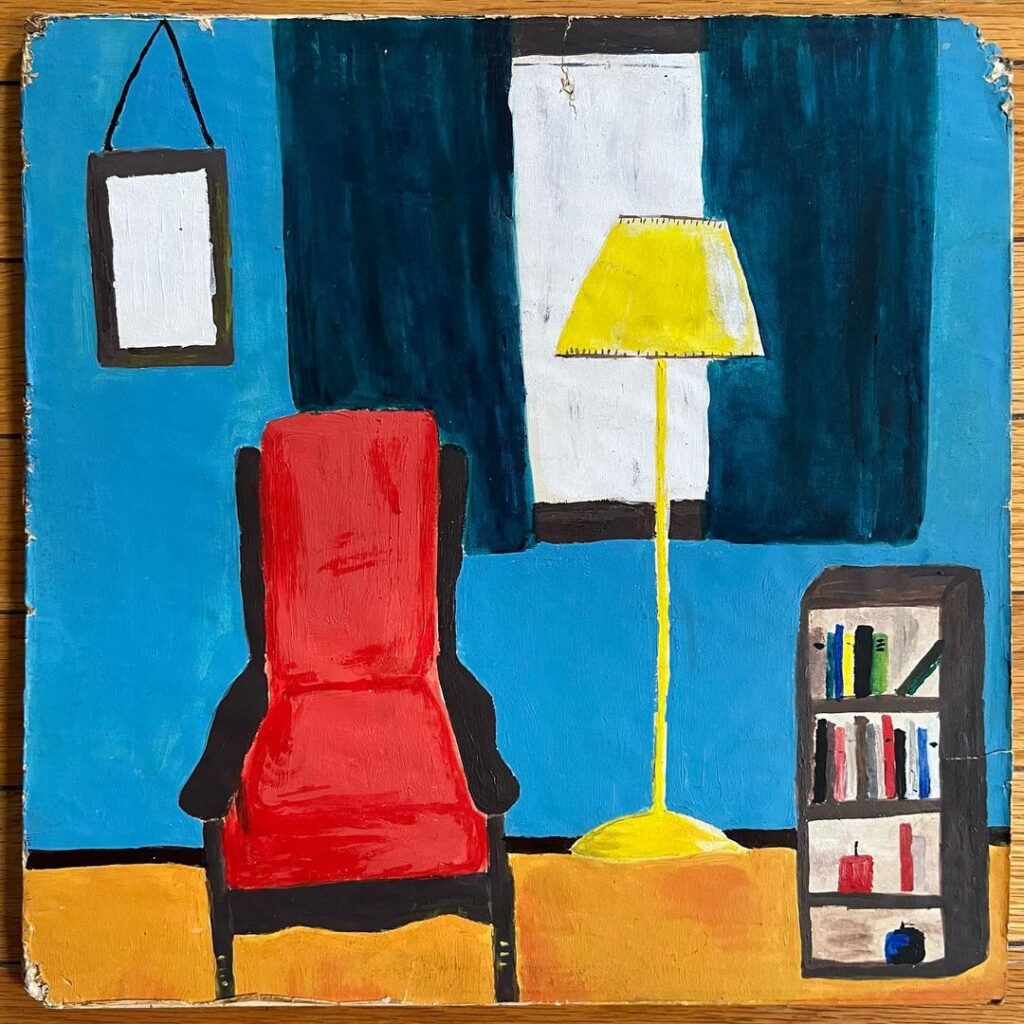
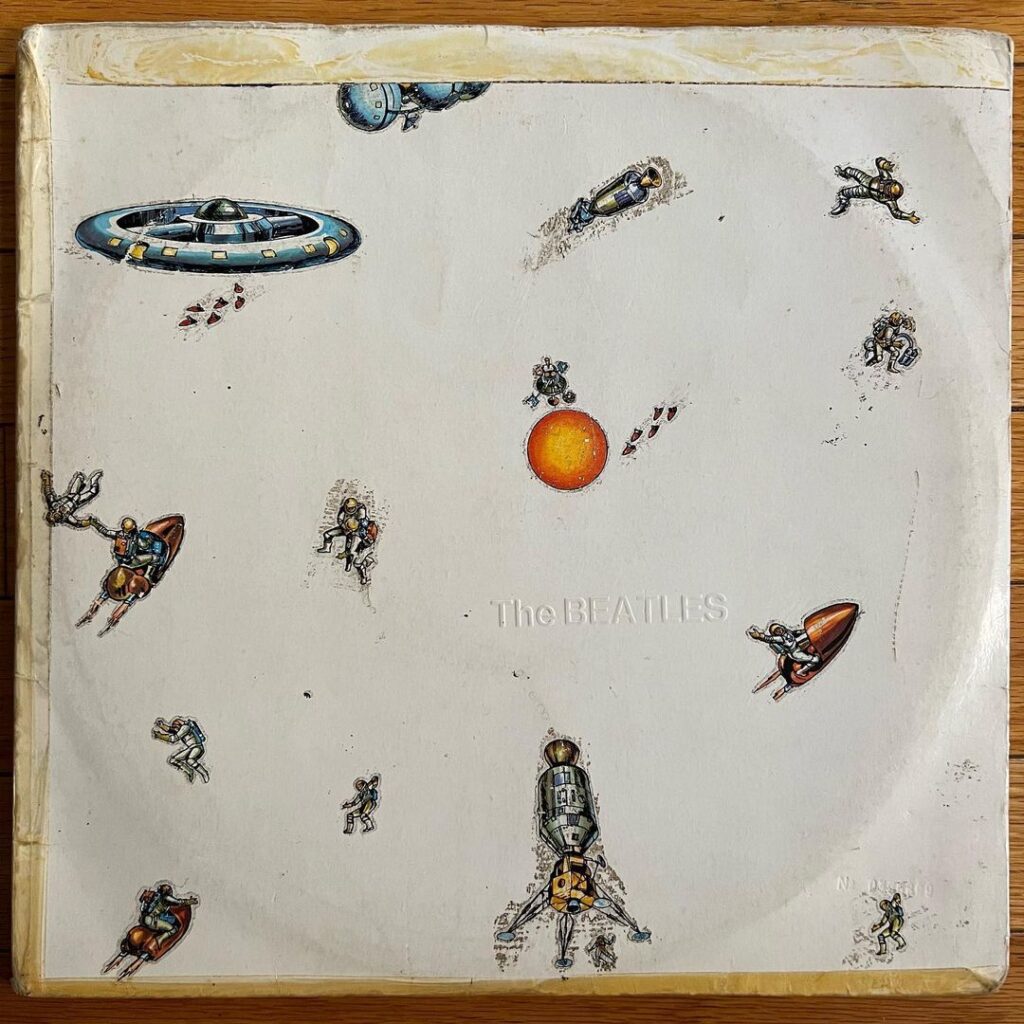
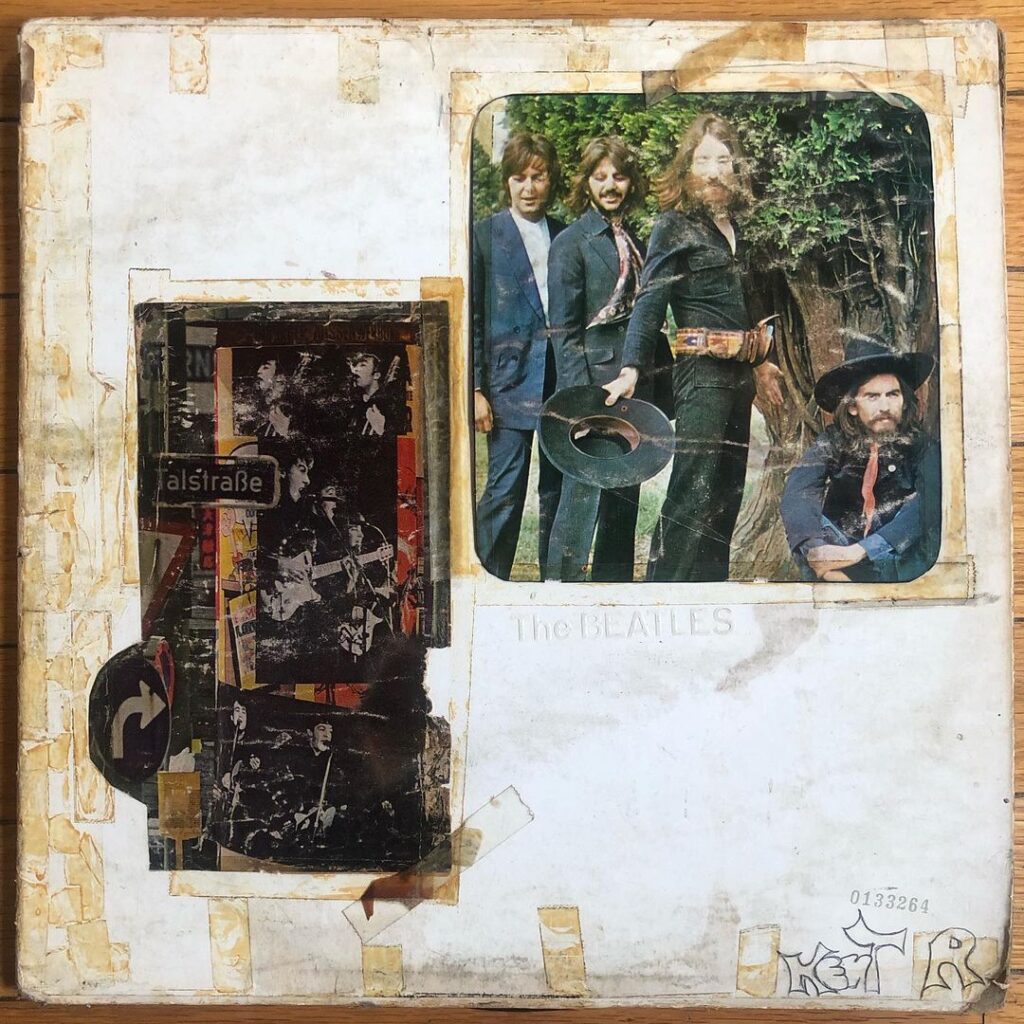
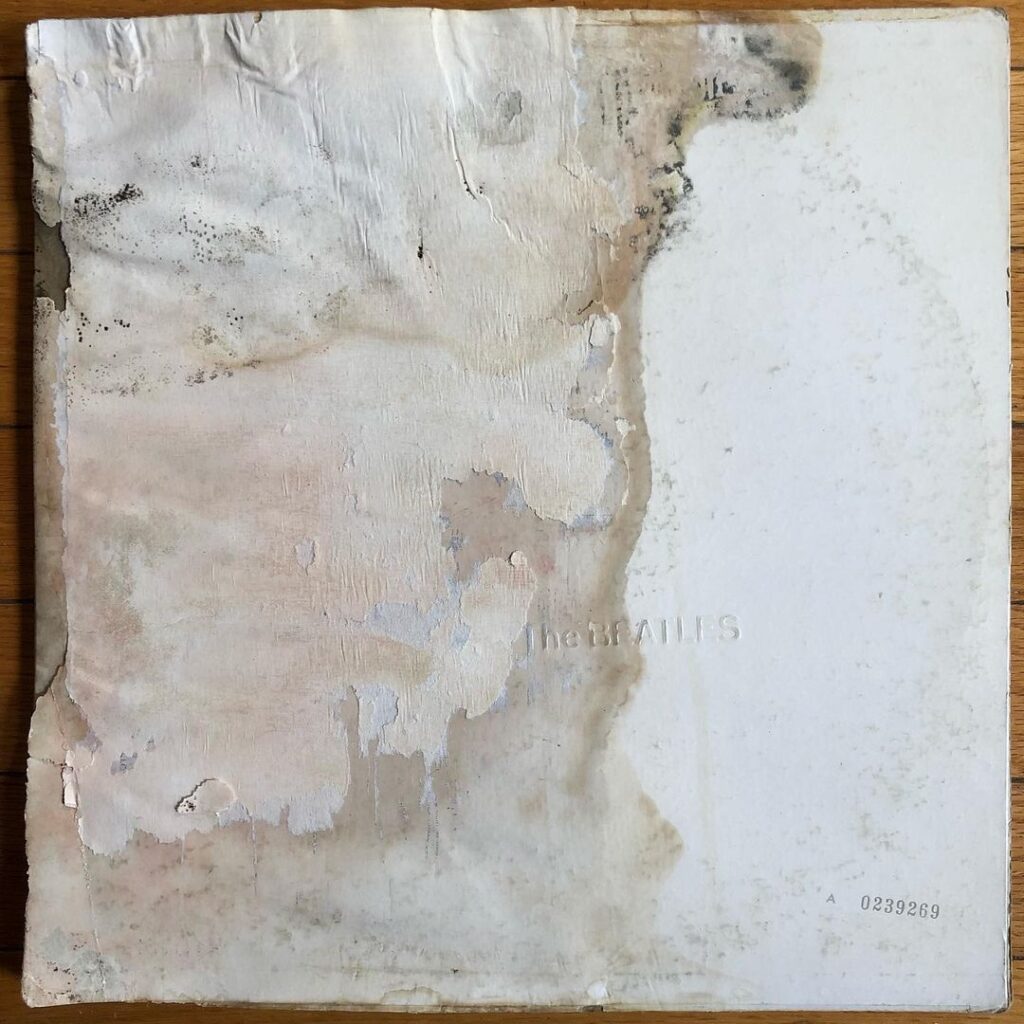
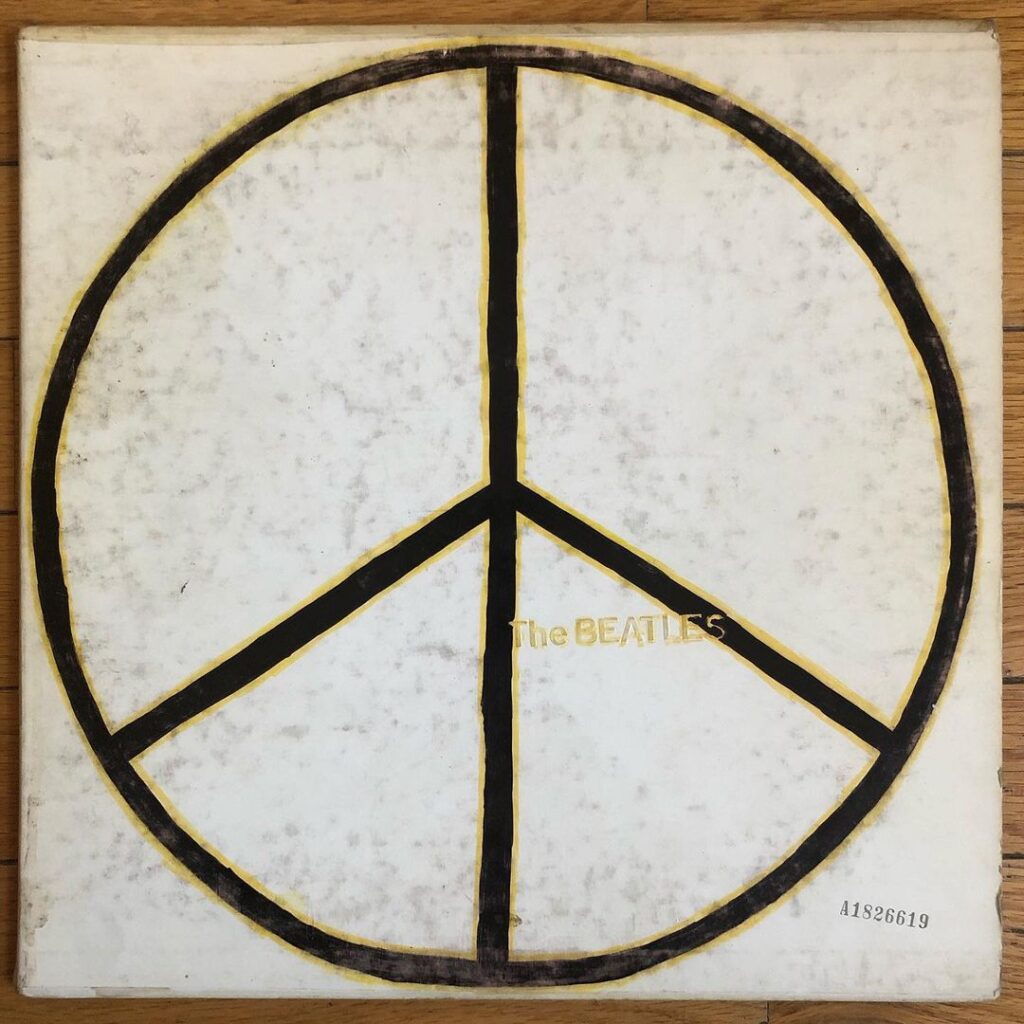
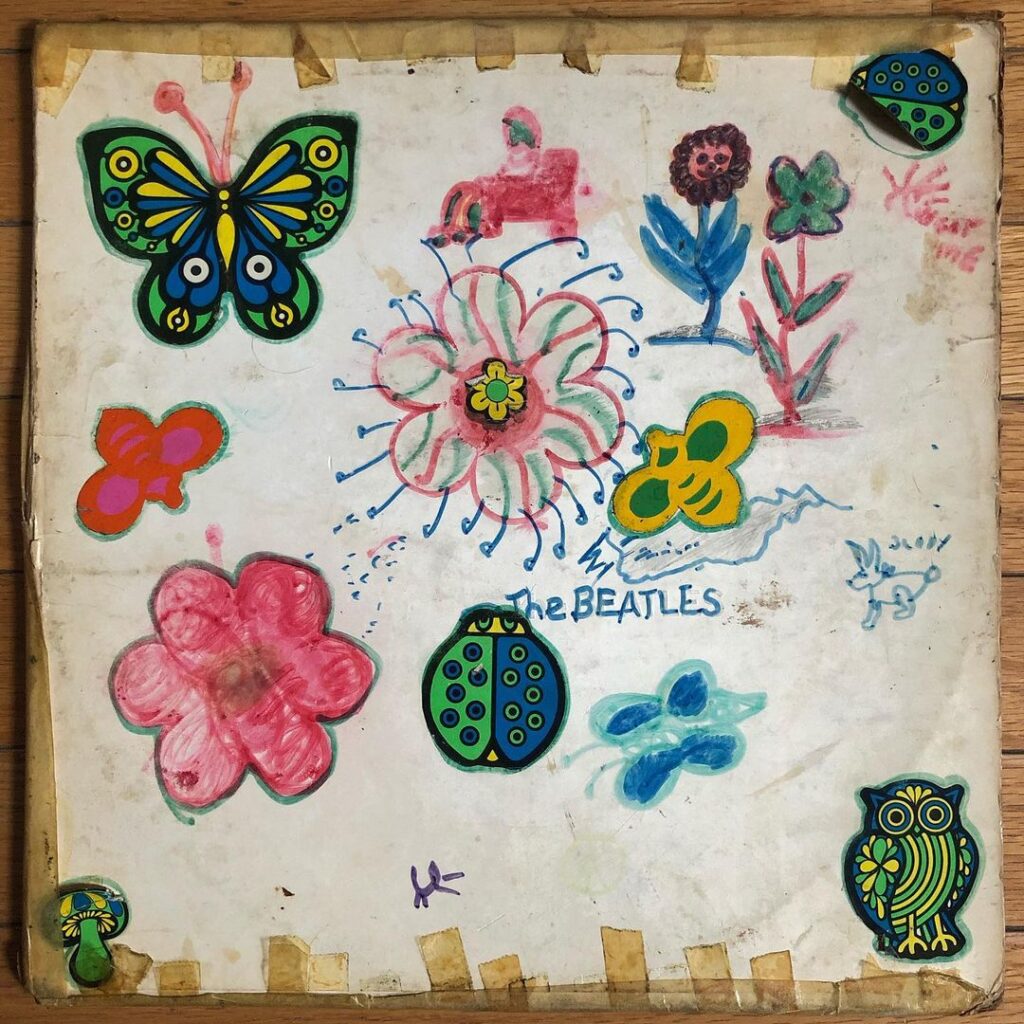
“
I started collecting White Albums when I realized that these once identical white canvases have all become unique items. Each copy has accumulated dirt, mold, and scribblings, distinctly shaped by their individual journeys over the last 54 years. The collection is exhibited in the format of a used record store, where the albums are arranged in bins by serial number and visitors are invited to browse, except they're all the same album and not for sale. I currently have 3,207 copies and counting...
Read more stories ...

The Beatles Story Museum, Liverpool has been awarded Bronze by Green Tourism
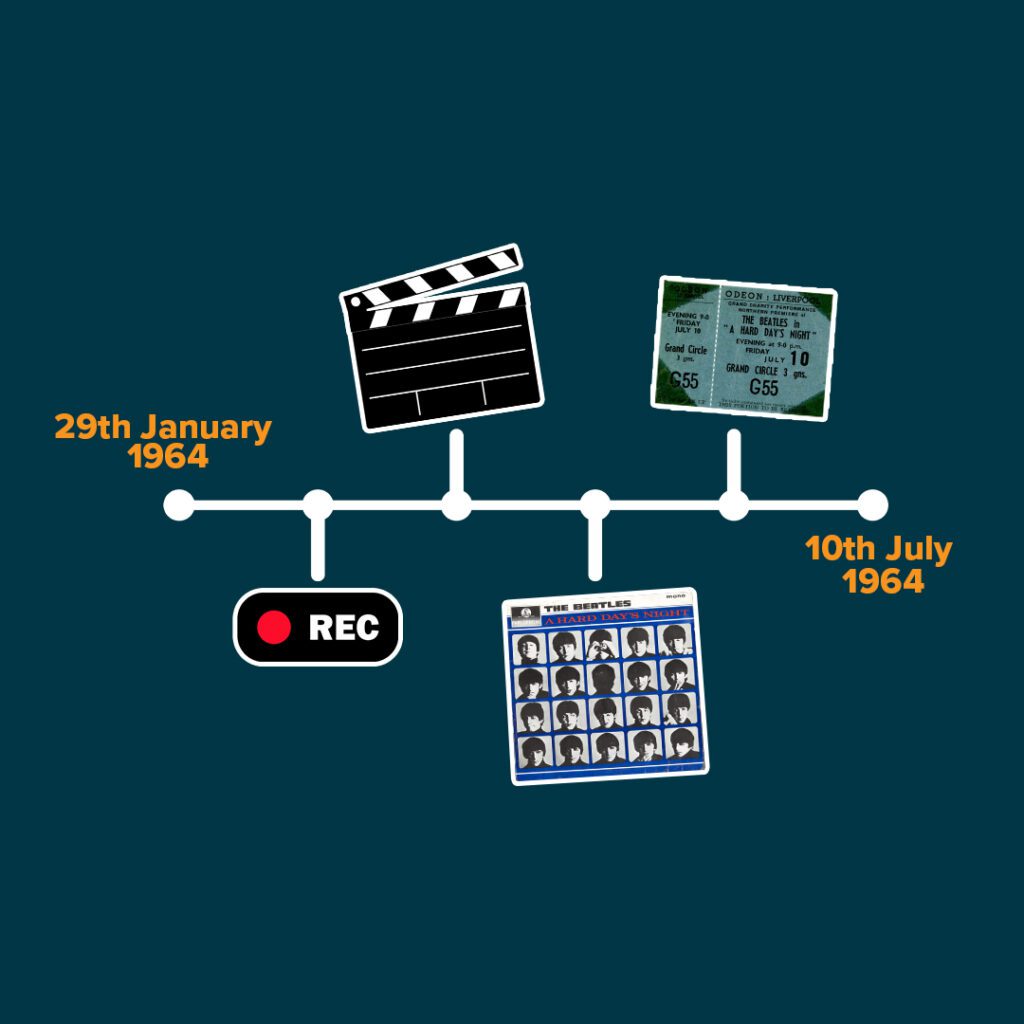
The Timeline of ‘A Hard Day’s Night’

AHDN

Paul McCartney: A Life in Artefacts

Go inside Abbey Road Studios

Björn Ulvaeus visits The Beatles Story
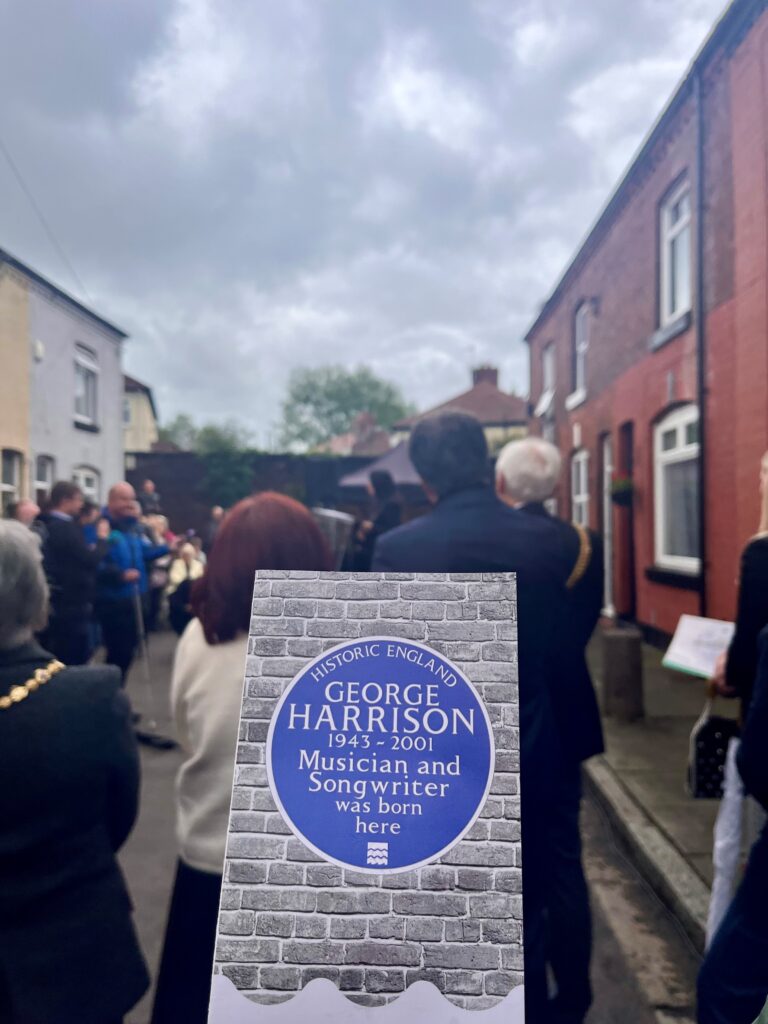
Blue Plaque unveiled at George’s childhood home

Riverboat Shuffle Competition
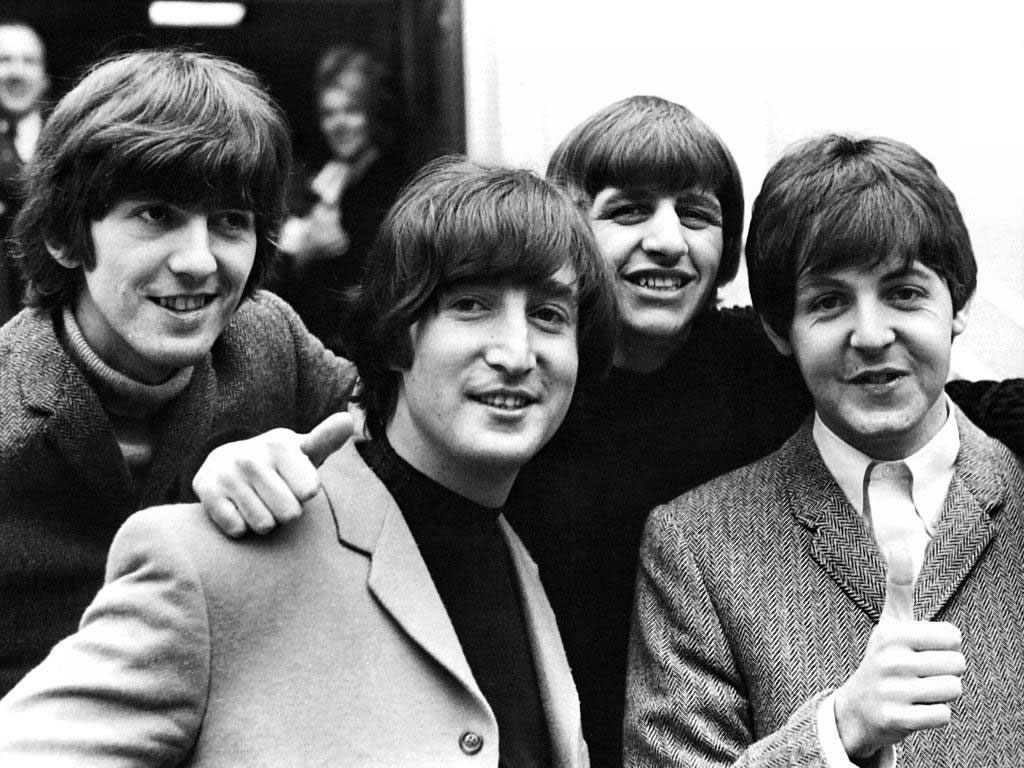
‘As Luck Would Have It’ by Spencer Leigh
